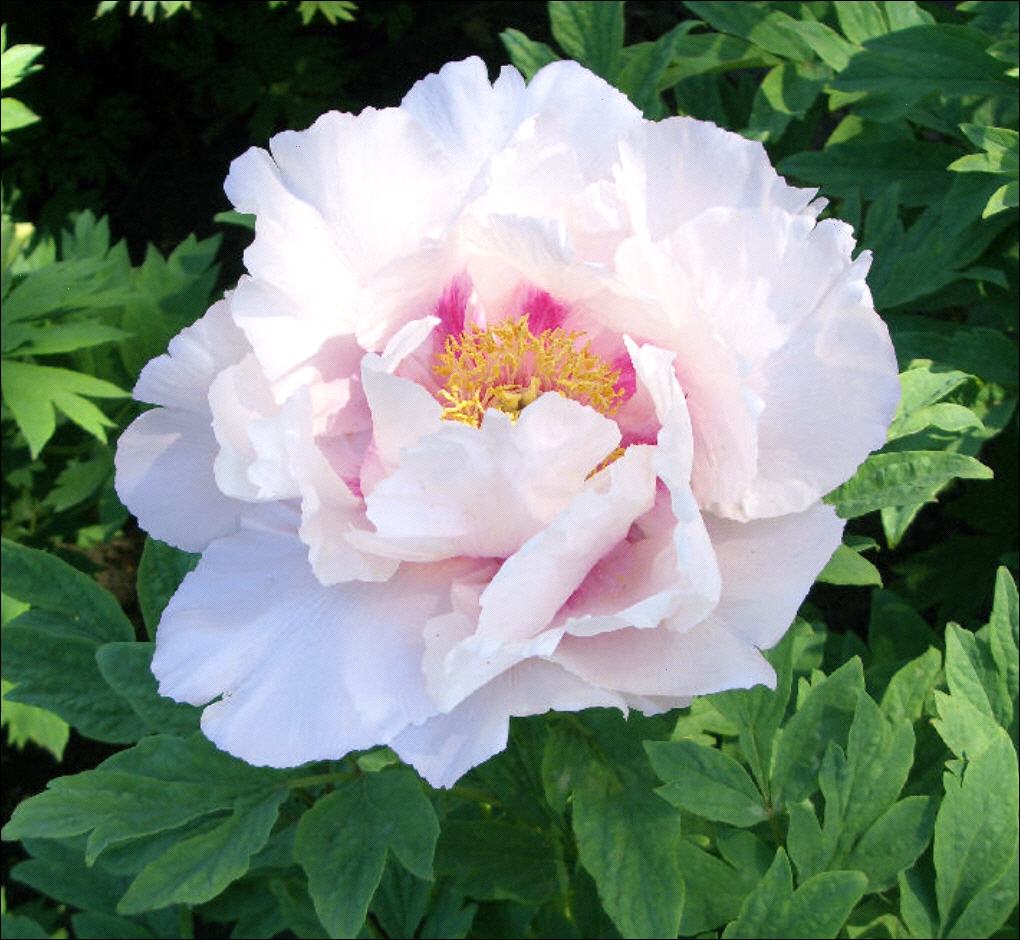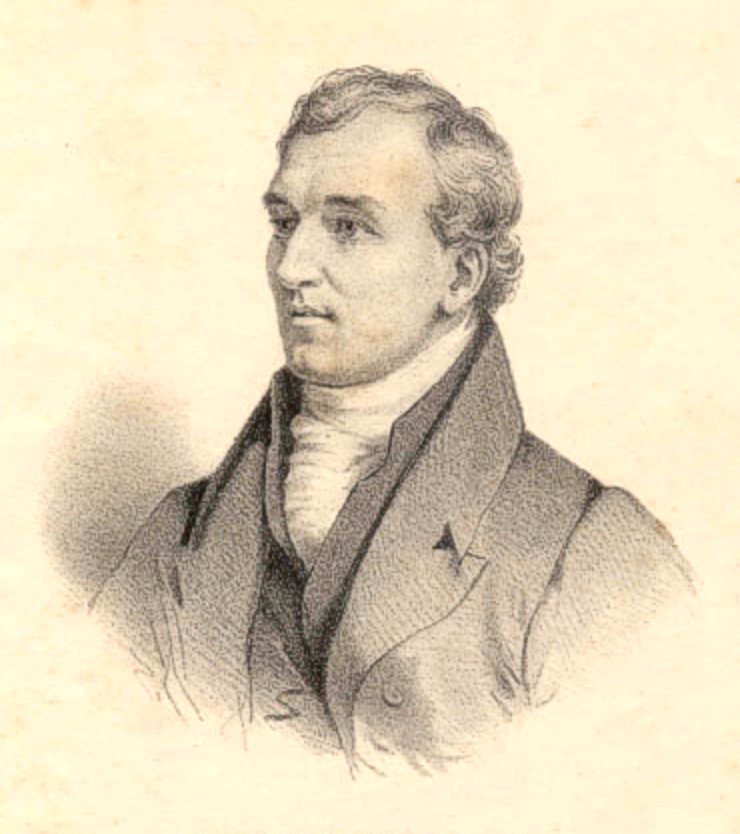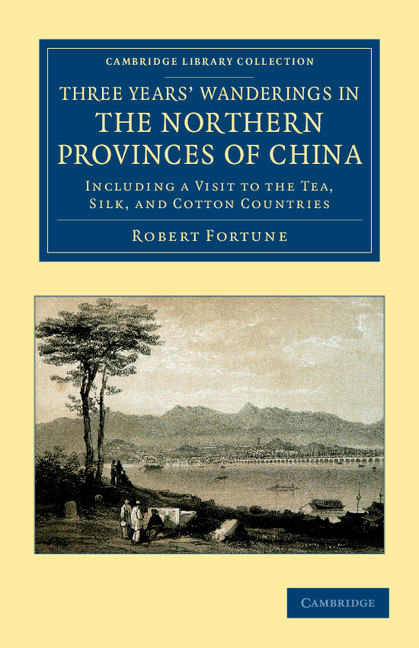Joseph Rock was an Austrian by birth and moved to the US when he was 21. Arriving in Hawai’i in 1907 he became an expert on the islands’ flora, becoming the first official botanist to what was then the Territory of Hawai’i.
 |
| Joseph Rock, flanked by an escort of bandits on the slopes of Mt. Jamebeyan (attribution) |
Between 1911-20 Rock established and curated the herbarium of the University of Hawai’i. Then he got itchy feet. His first plant hunting adventures took him to Burma, Thailand and Assam. Then, from 1922 to ’49, he focused his plant hunting efforts on Yunnan Province in western China, where he also made studies of the ethnography and languages of the Naxi people.
 |
| Jade Dragon Snow Mountain. By the author, 2007. |
|
|
|
|
|
Employed variously by the University of Hawai'i, Harvard and the National Geography Society, Rock's articles for National Geographic are said to have inspired the British author James Hilton’s Lost Horizon (1933). Sometimes called the book that began the paperback revolution, it is best remembered for its fictional mystical, harmonious valley, Shangri-La.
 |
| Rock's home between 1922-49. By the author, 2007. |
Rock's home of 27 years was this house in the village of Nguluko (Yuhu) at the foot of Jade Dragon Snow Mountain near Lijiang. However, when out in the field Rock was an eccentric traveller taking with him a complete canteen of silverware and Abercrombie and Fitch canvas bathtub.
 |
| The tree paeony, Paeonia rockii, the unofficial national plant of China. |
In later life Rock seems to have become a little irascible. He was a associated with a series of institutions in the USA and the UK, falling out with one after the other. As a result his extensive archive scattered making research a touch inconvenient.



















